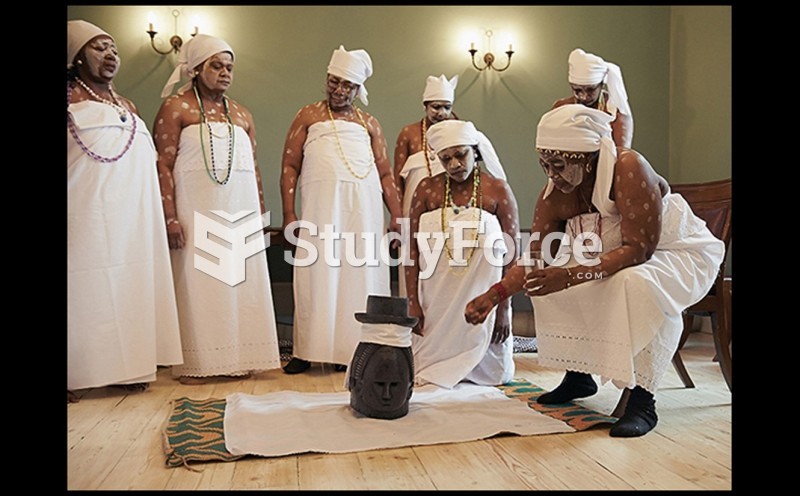Answer to Question 1
2
Rationale 1:Aninfection caused by a weakened immune system is incorrect.
Rationale 2: One common adverse effect of anti-infective therapy is the appearance of secondary infections, called superinfections, which occur when microorganisms normally present in the body are killed by the drug. These normal microorganisms, or host flora, inhabit the skin and the upper respiratory, genitourinary, and intestinal tracts. Some of these organisms serve a useful purpose by producing antibacterial substances and by competing with pathogenic organisms for space and nutrients. Removal of host flora by an antibiotic gives pathogenic microorganisms space to grow, or allows for overgrowth of nonaffected normal flora.
Rationale 3:An infection that is difficult to treat is incorrect.
Rationale 4:A drug-resistant infection is incorrect.
Global Rationale: One common adverse effect of anti-infective therapy is the appearance of secondary infections, called superinfections, which occur when microorganisms normally present in the body are killed by the drug. These normal microorganisms, or host flora, inhabit the skin and the upper respiratory, genitourinary, and intestinal tracts. Some of these organisms serve a useful purpose by producing antibacterial substances and by competing with pathogenic organisms for space and nutrients. Removal of host flora by an antibiotic gives pathogenic microorganisms space to grow, or allows for overgrowth of nonaffected normal flora.
Answer to Question 2
2
Rationale 1: The culture and sensitivity takes a few days.
Rationale 2: Ideally, the pathogen should be identified before anti-infective therapy is begun. However, laboratory testing and identification may take several days or, in the case of viruses, several weeks. If the infection is severe, therapy is often begun with a broad-spectrum antibiotic, one that is effective against a wide variety of different microbial species. After laboratory testing is completed, the drug may be changed to a narrow-spectrum antibiotic, one that is effective against a smaller group of microbes or only the isolated species. In general, narrow-spectrum antibiotics have less effect on normal host flora, causing fewer adverse effects.
Rationale 3:The broad-spectrum antibiotic is started while the culture is pending, and then the most effective antibiotic is used.
Rationale 4: The broad-spectrum antibiotic is started while the culture is pending, and then the most effective antibiotic is used.
Global Rationale: Ideally, the pathogen should be identified before anti-infective therapy is begun. However, laboratory testing and identification may take several days or, in the case of viruses, several weeks. If the infection is severe, therapy is often begun with a broad-spectrum antibiotic, one that is effective against a wide variety of different microbial species. After laboratory testing is completed, the drug may be changed to a narrow-spectrum antibiotic, one that is effective against a smaller group of microbes or only the isolated species. In general, narrow-spectrum antibiotics have less effect on normal host flora, causing fewer adverse effects.







